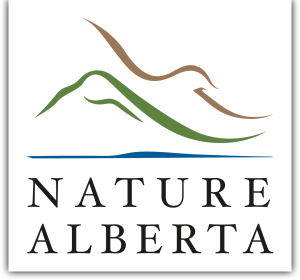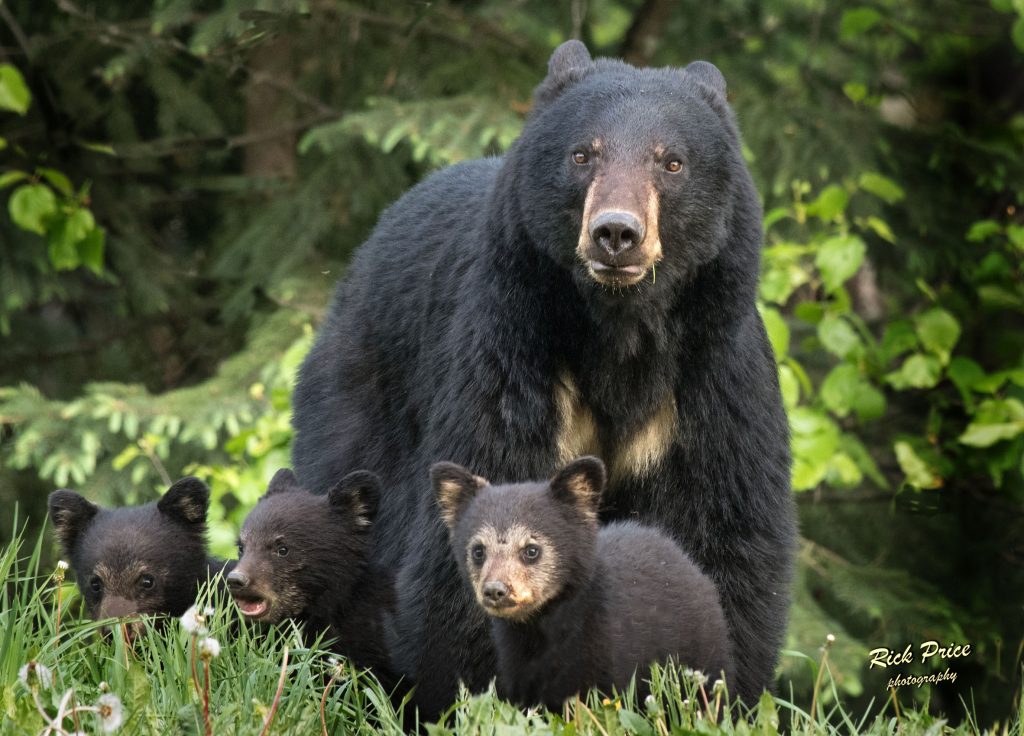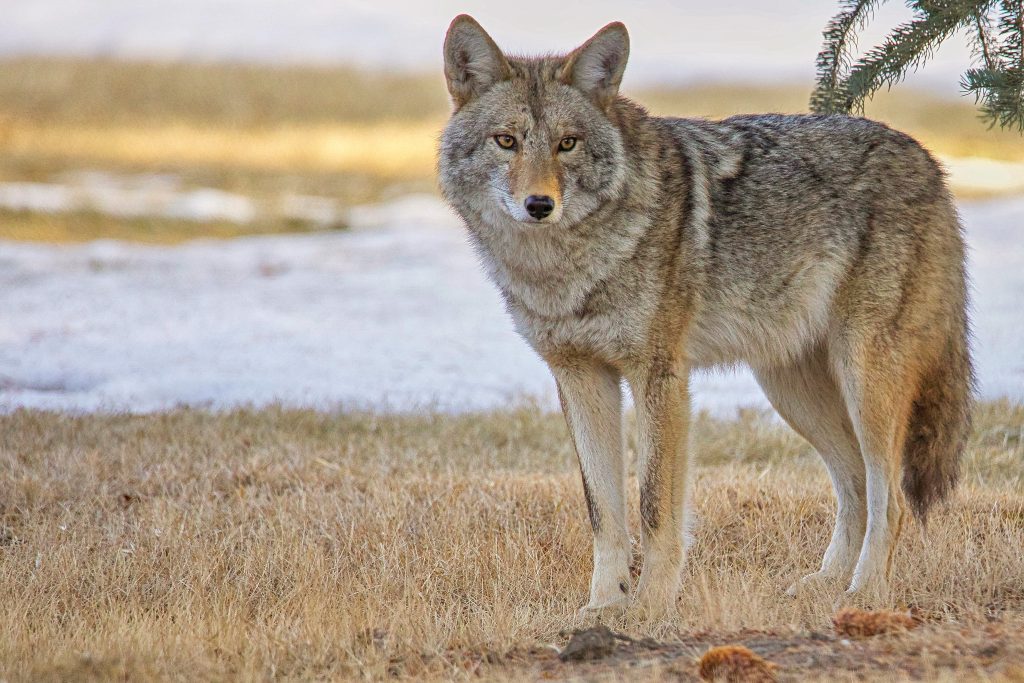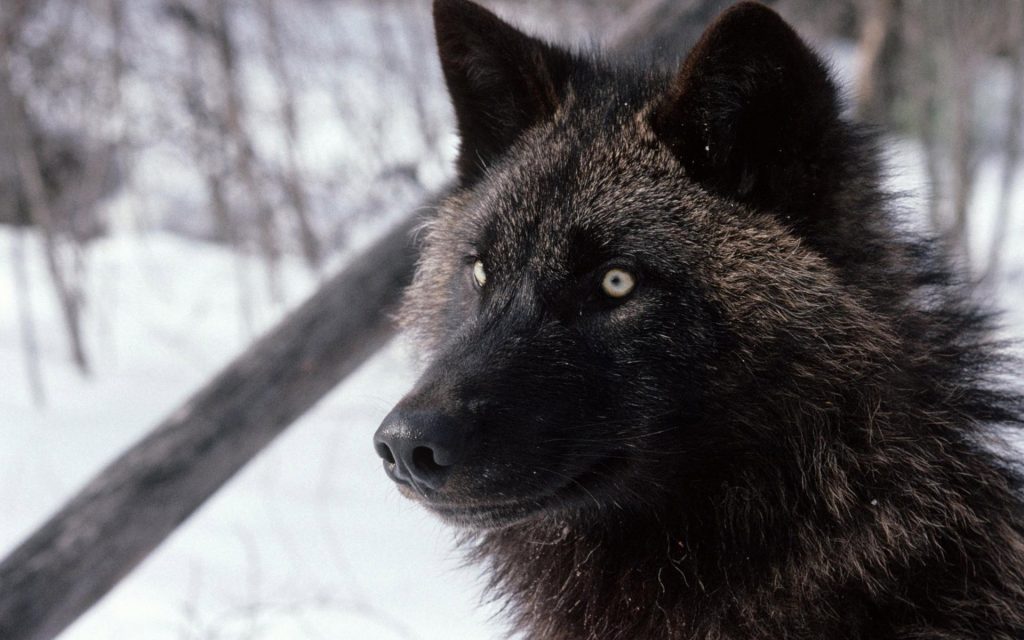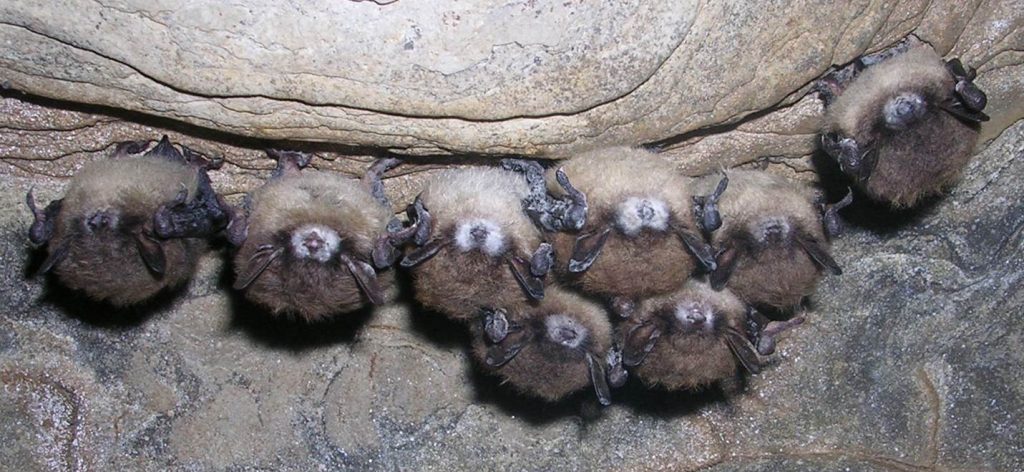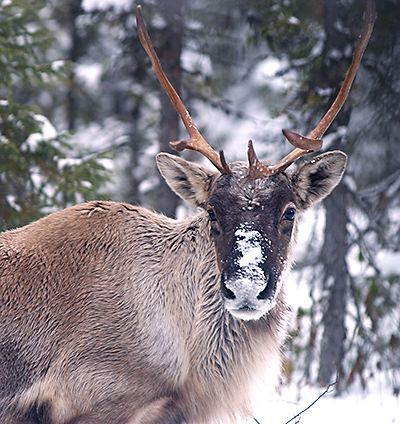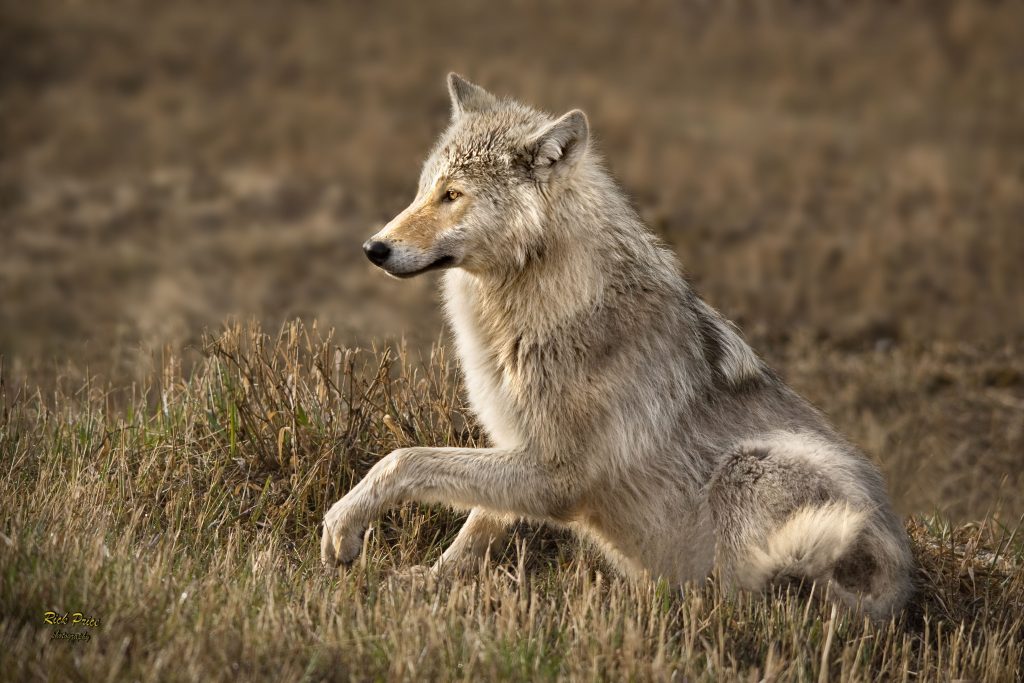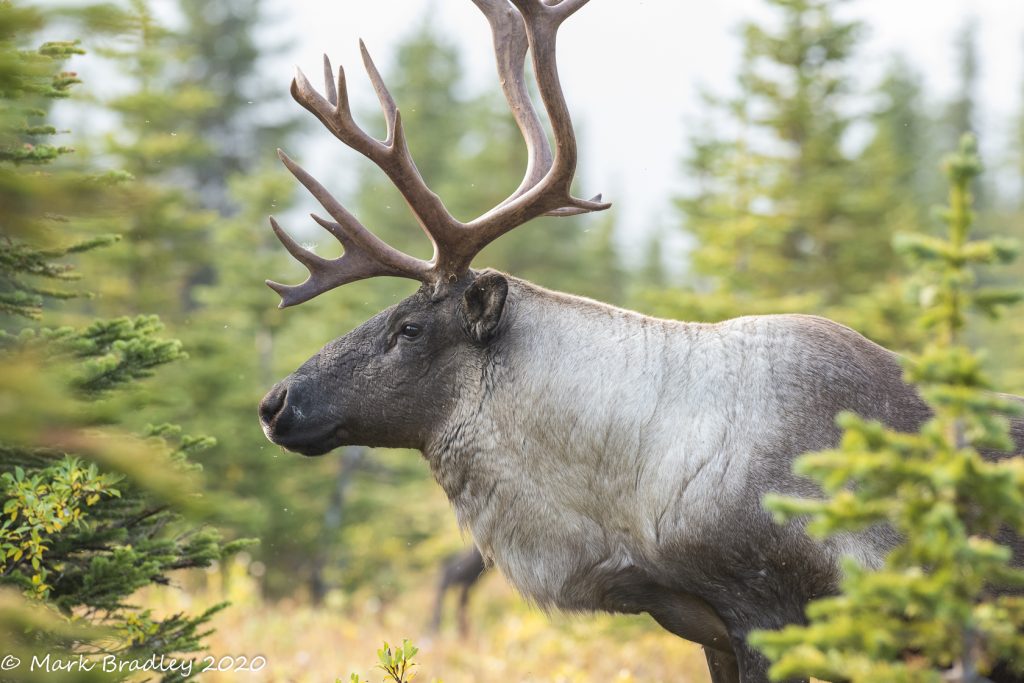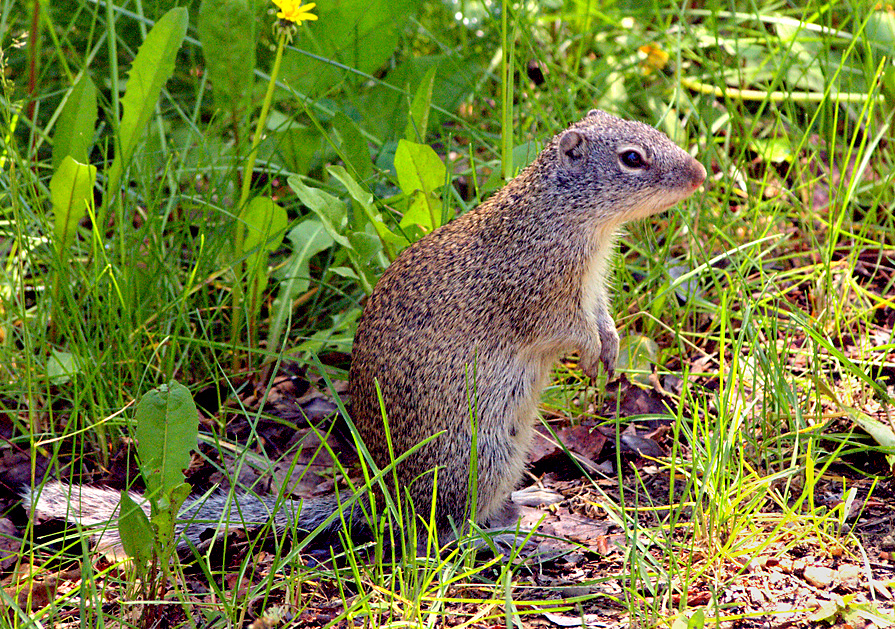Mammals
Battling Lethal Bacteria in Wild Bighorn Sheep
BY MARK BOYCE
Bighorn sheep face conservation challenges when it comes to the spread of disease.
Read MoreThe Black Bear
BY NICK CARTER
“Question: What kind of bear is best?” Jim and Dwight from The Office have their opinions, but you can make up your own mind with the rundown on Alberta’s black bears in the Spring issue of Nature Alberta Magazine!
Read MoreCoexisting With Coyotes
What ten years’ worth of close encounters with urban coyotes tell us about coexisting with these wily canines.
Read MoreFade to Black: Melanism in Mammals
BY RICHARD SCHNEIDER
Black colouration, referred to as melanism, occurs in almost all mammals. This is no surprise when it comes to black bears and skunks. But there are also reports of black Richardson’s ground squirrels, red foxes, white-tailed deer, bobcats, and even snowshoe hares. And of course, wolves. The processes underlying these variations in colouration are quite interesting.
Read MoreFive Things I Learned from Squirrels
BY DR. JESSICA HAINES
I spent several years working on red squirrels with the Kluane Red Squirrel Project based in the Yukon. Living and working in such a beautiful, remote place was thrilling, but what surprised me was how much I fell in love with red squirrels. They taught me a lot, and I would like to share with you some of the things I’ve learned.
Deadly Fungus Adds to Bat Conservation Concerns
BY CORY OLSON
While bats have a remarkable ability to manage energy reserves, only a few can withstand the devastating impacts of white-nose syndrome (WNS), a disease caused by a fungus, Pseudogymnoascus destructans, that grows on bats during hibernation, which will lead to more frequent arousals during the winter, depletion of energy stores, and eventual starvation.
Read MoreThe Long and Winding Road to Caribou Recovery in Alberta
Recorded Presentation
Speaker: Dr. Richard Schneider
Host: Nature Alberta
Delta Dawn with the Wolves of Wood Buffalo National Park
BY ERIN MCCLOSKEY
Wood Buffalo National Park was established in 1922 to protect what remained of Canada’s wood bison. Today, exactly 100 years later, the park supports a population of approximately 3,000 bison, which coexist alongside their natural predator, the wolf. The core range of the park is quite possibly the only place where bison are wolves’ primary prey.
Read MoreAction for an Icon
BY RICHARD SCHNEIDER
Why do Alberta’s Caribou Keep Declining, and What Can We Do About It?
Despite the woodland caribou’s high profile and the millions of dollars we’ve poured into research, the caribou’s story is one of progressive decline. Here, Richard explores the key challenges that make caribou conservation so difficult and provides an unvarnished perspective on what needs to change.
Read MoreCitizen Scientists Come to the Aid of the Tenacious Franklin’s Ground Squirrel
BY GILLIAN CHOW-FRASER AND RICHARD SCHNEIDER
In Alberta, the status of Franklin’s ground squirrel has still not been determined. The provincial government maintains that there is not enough information to say whether the population is stable or imperiled. In the spring of 2022, Nature Alberta initiated a citizen science project to help fill some of the data gaps. The results are presented here.
Read More